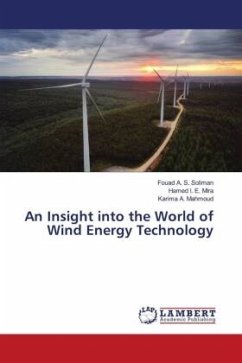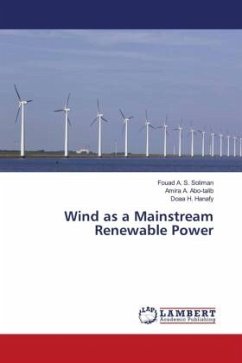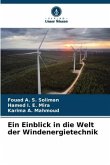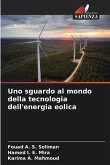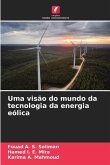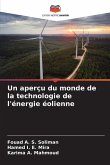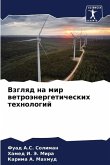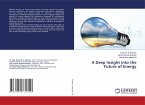Even though wind power generates electricity rather than liquid fuels, and thus is not an immediate substitute for petroleum in most applications (especially transport), fears over petroleum shortages only added to the urgency to expand wind power. Earlier oil crises had already caused many utility and industrial users of petroleum to shift to coal or natural gas. Wind power showed potential for replacing natural gas in electricity generation on a cost basis.By 2021 wind energy produced 4872 terawatts-hour, 2.8% of the total primary energy production and 6.6% of the total electricity production. Technological innovations continue to drive new developments in the application of wind power. By 2015, the largest wind turbine was 8MW capacity Vistas V164 for offshore use. By 2014, over 240,000 commercial-sized wind turbines were operating in the world, producing 4% of the world's electricity. Total installed capacity exceeded 336 GW in 2014 with China, the U.S.A.
Bitte wählen Sie Ihr Anliegen aus.
Rechnungen
Retourenschein anfordern
Bestellstatus
Storno

